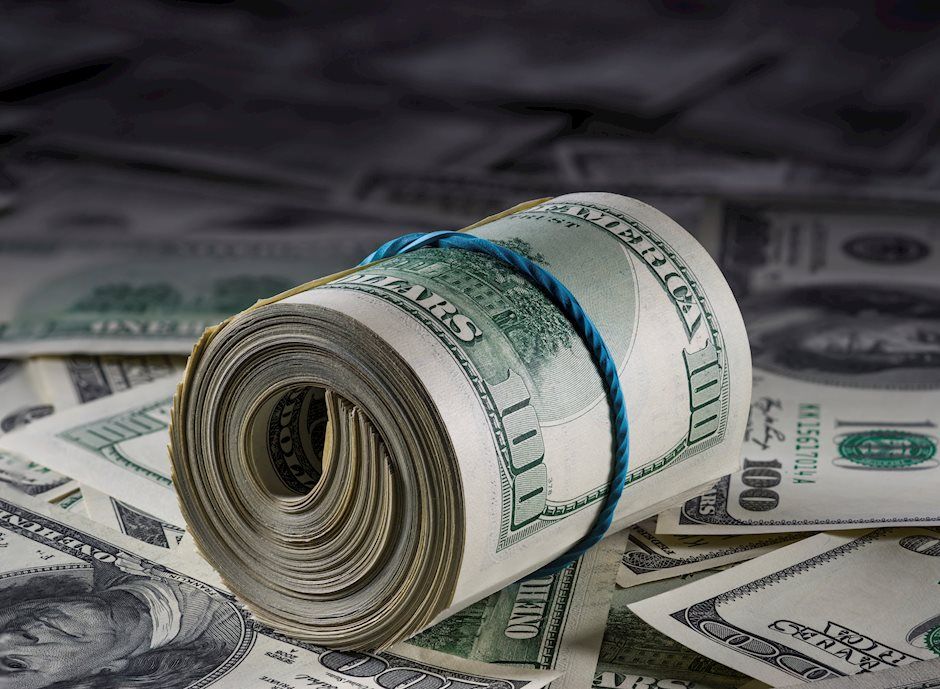Pandemic, war, US-China tensions, falling treasuries and rising dollar

Risk sentiment is morose this week with the escalating tensions in Ukraine, rising Covid cases in China, mounting tensions between US and China, the selloff in US and other treasuries, the relentless appreciation in the US dollar and the drop in safe haven currencies.
Rare mixture of bad news
It’s rare that we have such a sour mixture of bad news on the wire.
First, the week started with images of Russian bombs falling on Ukrainian cities following the blast on the bridge that linked Russia to Crimea. That means further escalation of the war before winter. And it’s extremely bad news.
Second, Covid cases in China rose to the highest levels in two months, fueling fears that big cities like Shanghai or Shenzhen face lockdown risks, again, at a time the government steps up efforts to contain contagion before the twice-in-a-decade Communist Party gathering where Xi Jinping will certainly be given another term.
Third, tensions between US and China escalate, as well. Joe Biden’s latest decision to further restrict chip exports to China didn’t please Chinese, nor chip investors. Nvidia took another 3% hit in the teeth yesterday and slipped below the $120 per share for the first time since March 2021. AMD fell another 1%. And the US semiconductors lost a combined $240 billion in market value globally. The slump in chip stocks also spilled over the currency markets. And the currencies of countries that export chips like Korea and Taiwan fell.
But in reality, everything slipped against the US dollar
…including currencies and assets that would normally have acted as safe havens, especially in a context of rising geopolitical tensions, and war.
The Swiss franc lost ground against the greenback and the USDCHF rose above parity. The Japanese yen continued its historic fall as well, the dollar yen advanced to 145.80.
Gold fell for the fifth day to $1660 per ounce, and is set to dive deeper toward the $1600 level on the back of a relentless rise in the US yields and the dollar.
And the US yields press higher on the back of hawkish Federal Reserve (Fed) pricing, despite a couple of less hawkish comments from some Fed members at the start of the week. Chicago Fed President Charles Evans said that he wants to quickly get to a point where policy makers can feel comfortable pausing in order to reduce the risk of overshooting. The Fed Vide Chair Brainard also sounded cautious saying that the previous rate hikes are still working through the economy.
But investors ignored the latest comments. The US 2-year yield advanced to 4.35%, and activity on Fed funds futures price 77.5% chance for a 75bp hike at next FOMC meeting. That’s higher compared to yesterday.
And the positive pressure in the US yields is nowhere close to an end as big US bond buyers are deserting the marketplace. Foreign central banks are getting out of their positions to limit the impact of the US tightening on their reserves, and the Japanese pension funds and life insurers are also reportedly selling US treasuries as they no longer provide safety and stability to their holders. The Fed’s balance sheet has started shrinking, but we are still at historically high levels – by far, and it's hard to imagine that the Fed will stop downsizing its balance sheet, especially when inflation is nowhere near where the Fed officials need it to be.
At least, the avalanche of bad global news has been successful in pulling oil prices lower yesterday. The barrel of American crude eased to $90 this morning, after having flirted with $94 a barrel on Monday.
US earnings – how bad doctor?
US earnings season kicks off in a dark and depressed environment. According to data from FactSet, the EPS growth of the S&P500 companies should fall by 2.6% to below 10% in the Q3. Analysts have cut their profit forecasts by around $34 billion. And if that’s the case, the S&P500 will record the worse quarter since the Q3 of 2020, when markets were hit by the pandemic, but at least they had the Fed on their side. Today, even the Fed is no longer here to give support.
Hardly saying the day
The Bank of England (BoE) kicked off the week by announcing more measures to support the British bond market. They will buy more bonds for the next five days to compensate for the huge fiscal spending that Liz Truss threw in the face of the market, that the market refused to finance. The BoE will also launch a longer-term facility designed to ease liquidity pressures.
It’s also ‘funny’ that after having scrapped tax cuts on UK’s high earners, the Chancellor of Exchequer also announced that he will reveal his medium-term fiscal strategy and economic forecasts before the end of the month, some three weeks earlier than he previously planned. I don’t know if investors are looking forward to it.
The Truss government made a disastrous entry to office, and thigs get more disorderly by the day. And unfortunately, extra measures announced yesterday hardly convinced investors. The British 10-year gilt yield shot up by more than 4.50%, while Cable hovered around the 1.10 mark, with a growing prospect of easing further.
Author

Ipek Ozkardeskaya
Swissquote Bank Ltd
Ipek Ozkardeskaya began her financial career in 2010 in the structured products desk of the Swiss Banque Cantonale Vaudoise. She worked in HSBC Private Bank in Geneva in relation to high and ultra-high-net-worth clients.

















